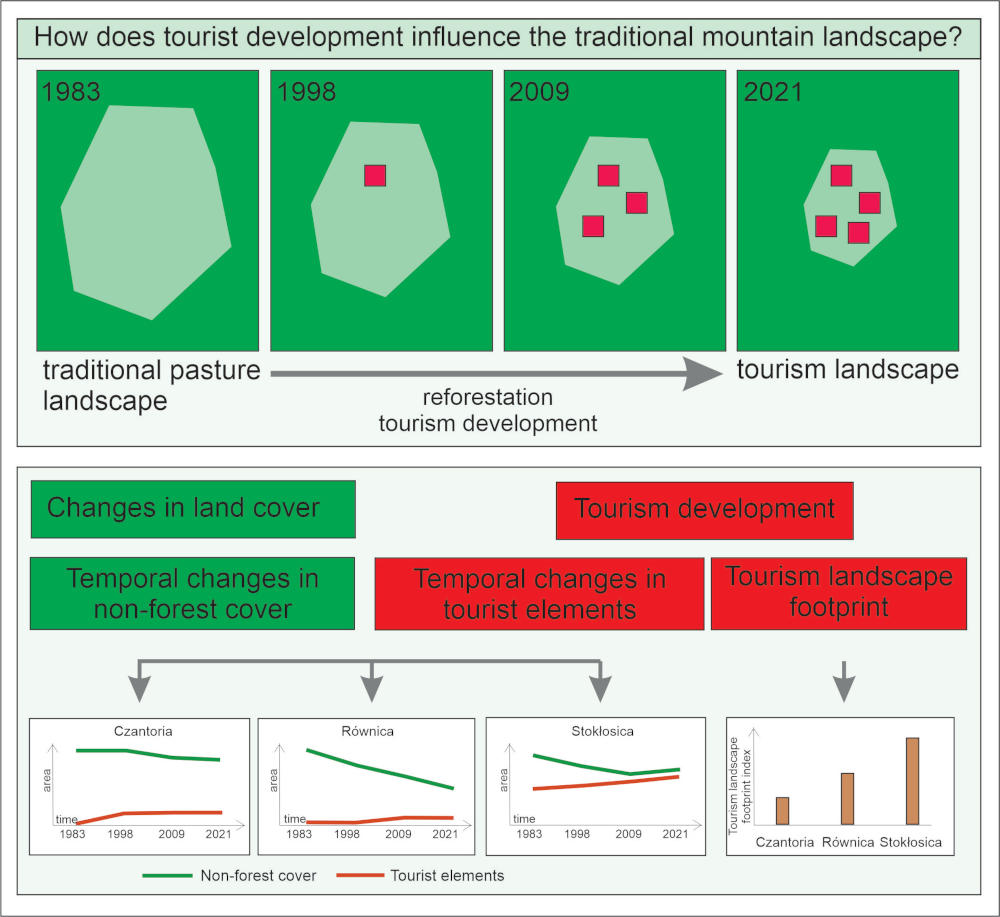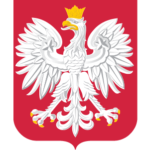In many mountain regions, the reforestation of mid-forest glades, the development of settlements, and tourism lead to the disappearance of traditional landscapes, which have defined the individual areas for many years. On the other hand, tourism is often seen as a panacea for preserving traditional landscapes.
Dr Anna Żemła-Siesicka and Dr Michał Sobala are currently leading research to determine how tourism development affects the traditional glade landscape of the Western Beskids. The first results of their study are presented in the article ‘How does tourist development influence traditional mountain landscapes? A case study from the Western Beskids, Poland, published in the Science of The Total Environment journal. The research aimed to determine whether tourism development can prevent the reforestation of mountain glades and to assess the degree of impact of tourism development on traditional glade landscapes.
In the example of three glades located in Ustroń, one of the most prominent tourist resorts in Poland: Równica, Stokłosica and Czantoria, the change in the range of glades and the influence of tourist development on the landscape since 1983 was studied. The research results indicate that despite the tourist use, reforestation within glades continues, and simultaneously, the share of tourist elements in the shrinking glades is increasing. In addition, the initially gradual and now spontaneous development of tourism is causing the disappearance of features of the traditional landscape, i.e. those which distinguished the region from other areas.
Reference:
Żemła-Siesicka, A., & Sobala, M. (2024). How does tourist development influence traditional mountain landscapes? A case study from the Western Beskids, Poland. Science of The Total Environment, 951, 175376.
Note author:
Anna Żemła-Siesicka, Michał Sobala







